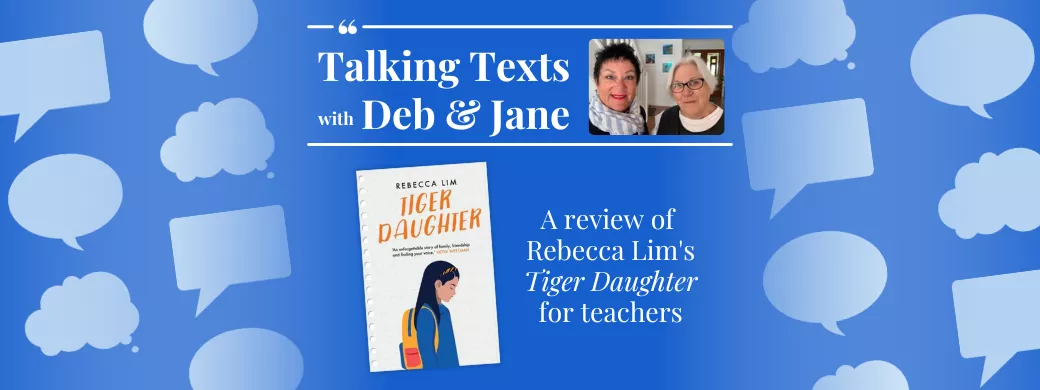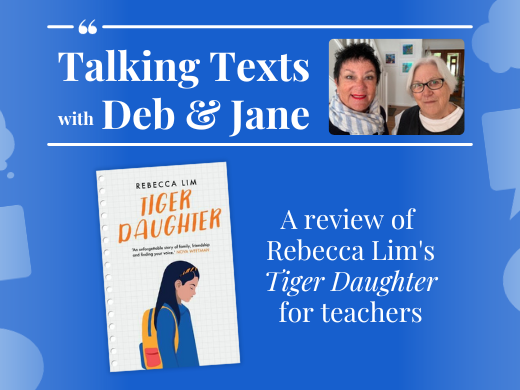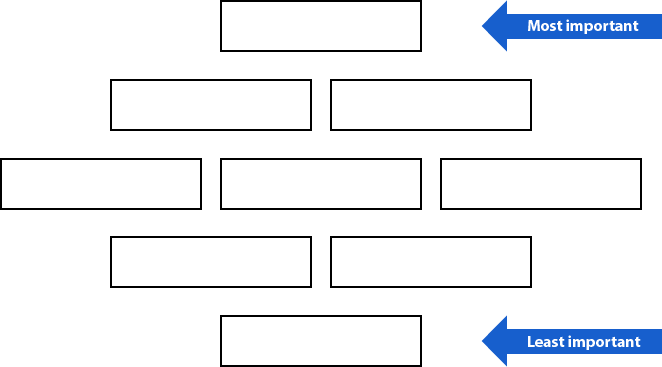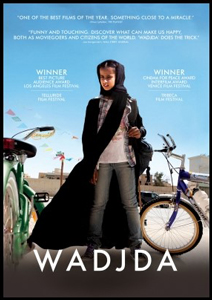

Flat Rate Shipping
$7.95 flat rate shipping or free over $120


Aussie Owned
Australian family-owned & sourced


School Supplier
Supplier to over 1,000 schools Australia wide


Our English book rooms, text lists, programs and school libraries should reflect the diversity of our students. We all want to be validated by the books we read and films we watch.
Interestingly, the Australian Bureau of Statistics 2021 Census figures released last year indicates that more than half of Australian residents now come from overseas or have a parent born overseas. Indeed, this census reveals that Mandarin is the most common language other than English and this is followed by Arabic, Vietnamese and Cantonese. This is a significant feature of contemporary Australia especially in Sydney and it amplifies the importance of providing our students with texts which reflect this cultural diversity.
Tiger Daughter written by Rebecca Lim is a timely and engaging text that features an almost- fourteen-year-old Chinese girl, Wen Zhou.
On winning the 2022 CBCA award Rebecca Lim commented:
“When I was growing up there were no stories about people like me – I can say that categorically. I was pre-The Baby-Sitters Club with the half-Japanese girl, there was nobody like me in fiction – and they were certainly not Australian. It’s just wonderful now,” she says. “I think we are hitting a golden age where if you want to keep kids engaged with reading you need to show them themselves.”
Tiger Daughter explores the challenges faced by many who leave their home and hope to find a better place in Australia. It examines resilience, Chinese culture, the challenges of adolescence and being brave against many challenges.
Above all, it is a great story told well and this is what should be the criteria for our choice of texts for our students.
In this novel Rebecca Lim invites us into the world of Wen Zhou who is the only child of Chinese immigrants. Wen Zhou is the main character of this aptly-titled Tiger Daughter. Wen’s family is one without power, privilege or hope. Her father had been a doctor in China but failing the Australian examinations sees him give up and he works in a Chinese restaurant. He is angry, bitter, unhappy. Mr Zhou is also fiercely controlling and Wen’s mother lives in fear and is constantly trying to maintain peace in the strained Zhou household. Wen shares her family’s challenges with her friend Henry Xiao who also endures conflict and sorrow within his own family. Wen and Henry are determined to break out of this cycle of poverty and despair by sitting for the selective school entry examinations. Henry says that “people who come out of that school can do anything and be anything.” When tragedy strikes Henry’s family, Wen finds she needs more than strength and resilience to navigate what is happening to her own family.
Here we have a novel written by a woman born in China about a family born in China who struggle in Australia. Lim’s aim was to build our empathy and understanding and that is the hallmark of a successful novel or film: for the reader or viewer to both learn something about humanity and to understand and feel compassion. It is also a book which reflects more accurately the changes which are occurring in Australia’s population.
Rebecca Lim is a Melbourne lawyer, writer, illustrator and editor. In August 2022 Tiger Daughter won the Children’s Book Council of Australia top award for older readers.
Tiger Daughter could be a close study or part of a wider unit which explores a range of texts under the concept of Representation and Point of View. This could include Representation of the Migrant Voice or The Outsider or Australia and its Many Voices.
In a Close Study the aim is for your students to develop a genuine connection to the text, develop their own personal interpretation and response to the text, and an understanding of its distinctive features. For close study choose the best books in your book room: books that offer a richness for deep study. Carefully consider how long this unit should be - there has been a move to term-long units, but I think 3-4 weeks on a text for close study will improve engagement and deep exploration. Consider: what do you want your students to get most out of this close study? Charged With Meaning (edited by Wayne Sawyer) has some excellent chapters on choosing and exploring texts for close study.
Students should read Tiger Daughter in class; rather than allocating reading at home, consider the importance of the English classroom as a place to read. We need to legitimise and value reading in the English classroom. Students can be “energised by the groupness” of the classroom and if students have read the text the exploration is richer and more meaningful.
How to hook students in their reading?
The best way into this novel is the story itself. Read the Prologue and the first chapter of Part 1 to students as these are very powerful chapters. Pose the question, why has Rebecca Lim chosen to include both the prologue and the opening first chapter? In what ways do they offer the reader different insights to the story?
Read the information about the author then the Note to teachers and librarians: What are three points in the Note to teachers and librarians which gave you more insight to Rebecca Lim than the dedicated page about her? Choose two phrases which would be valuable on the front cover or in a marketing poster.
1. What is the role of a prologue?
In groups discuss the features of the novel which are established in this Prologue:
Rebecca Lim’s daughter’s recommended reading list in year 7 included Picnic at Hanging Rock and The Getting of Wisdom – the same books she had studied at high school 30 years before.
“I steamed home and said, ‘That’s it, I’m going to write something for my daughter and her friends so that they see themselves represented and maybe one day kids like her will get a list with other people’s names on it’,” she says.
https://www.smh.com.au/culture/books/here-s-the-secret-to-keep-kids-reading-from-someone-who-knows-20220815-p5b9y3.html
In groups students can discuss how effective these comments are in engaging us to read further.
2. After reading the text, pose the question: in what ways does Tiger Daughter challenge your thinking and arouse your interest? What are three examples from the novel which you found most interesting? (Encourage students to value their own personal response in tasks like these.)
3. “A theme is a statement about life… A theme is a statement about human experience that is profound and which responders may accept or reject depending on their own worldview.” (Textual Concepts) Here are some possible key ideas or themes of Tiger Daughter. Small groups can work with these or if preferred, decide to replace two ideas with what they think are the key messages of the novel.
In small groups discuss which ideas are the most important to the least and arrange them in a diamond pattern:


Then join with another group and discuss their similarities and differences. Use this discussion for a sustained response on the ideas in Tiger Daughter.
4. Workshop the strategies of unpacking an essay question and in class explore a scaffold to help students to respond to this formal mode. Use one of these essay questions (modelled on Stage 6 questions) to workshop and then offer choice for students to respond:
Text requirements: Extended prose (novel), Australian author, cultural, social and gender perspectives, popular and youth cultures.
Below you can find some content that could be covered in a close study of the text.
Concepts could include Representation • Perspective • Point of View • Themes.
Representation
(English K-10 Syllabus 2022 © NSW Education Standards Authority for and on behalf of the Crown in right of the State of New South Wales, 2023)

